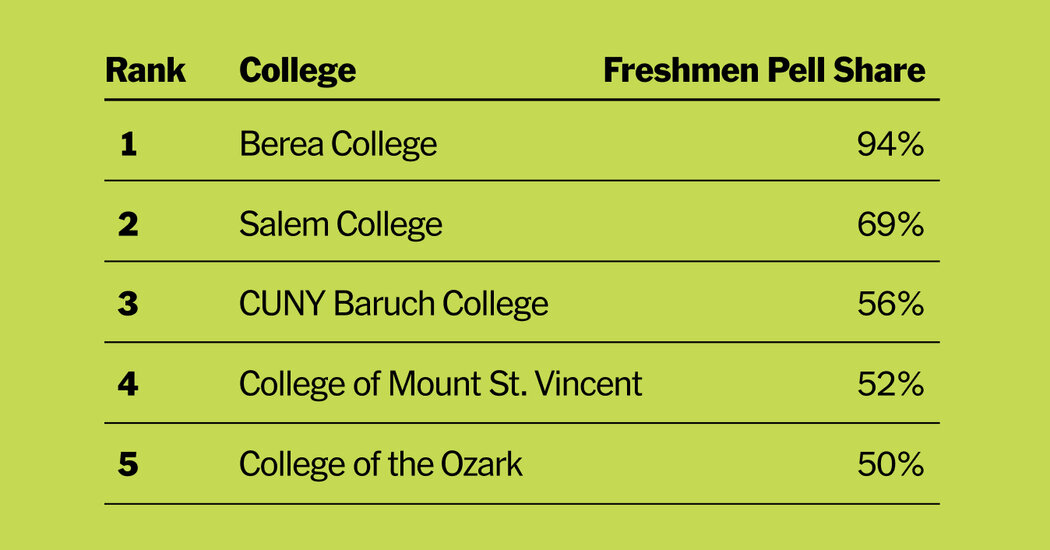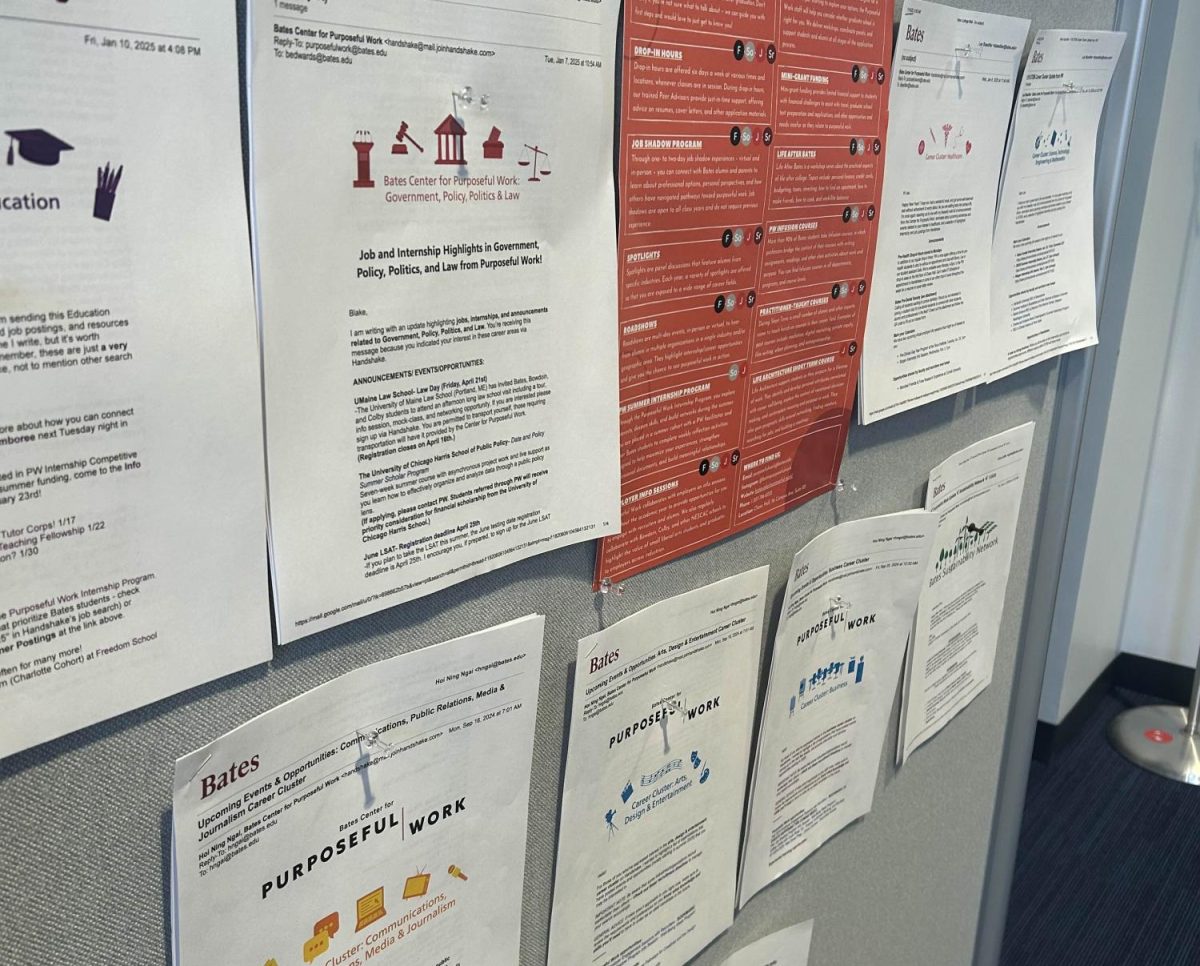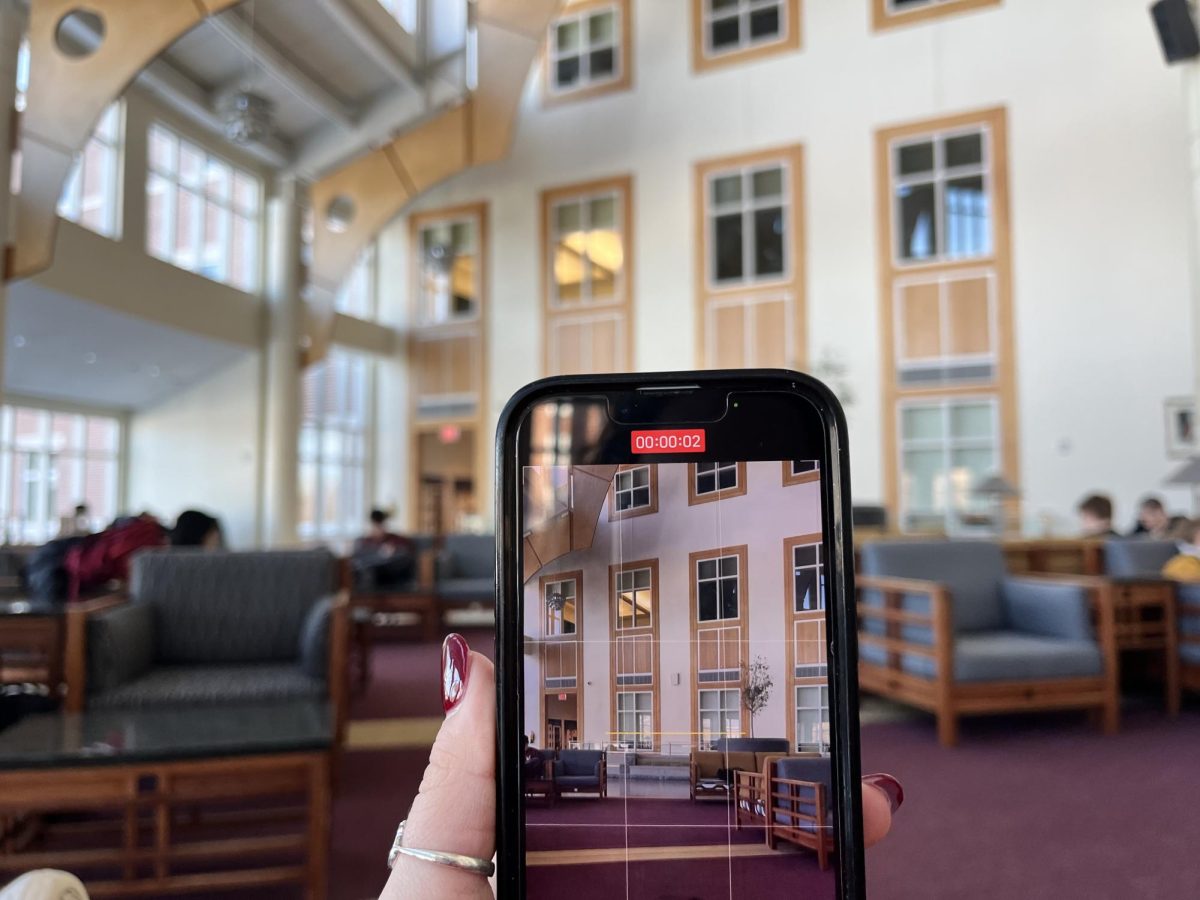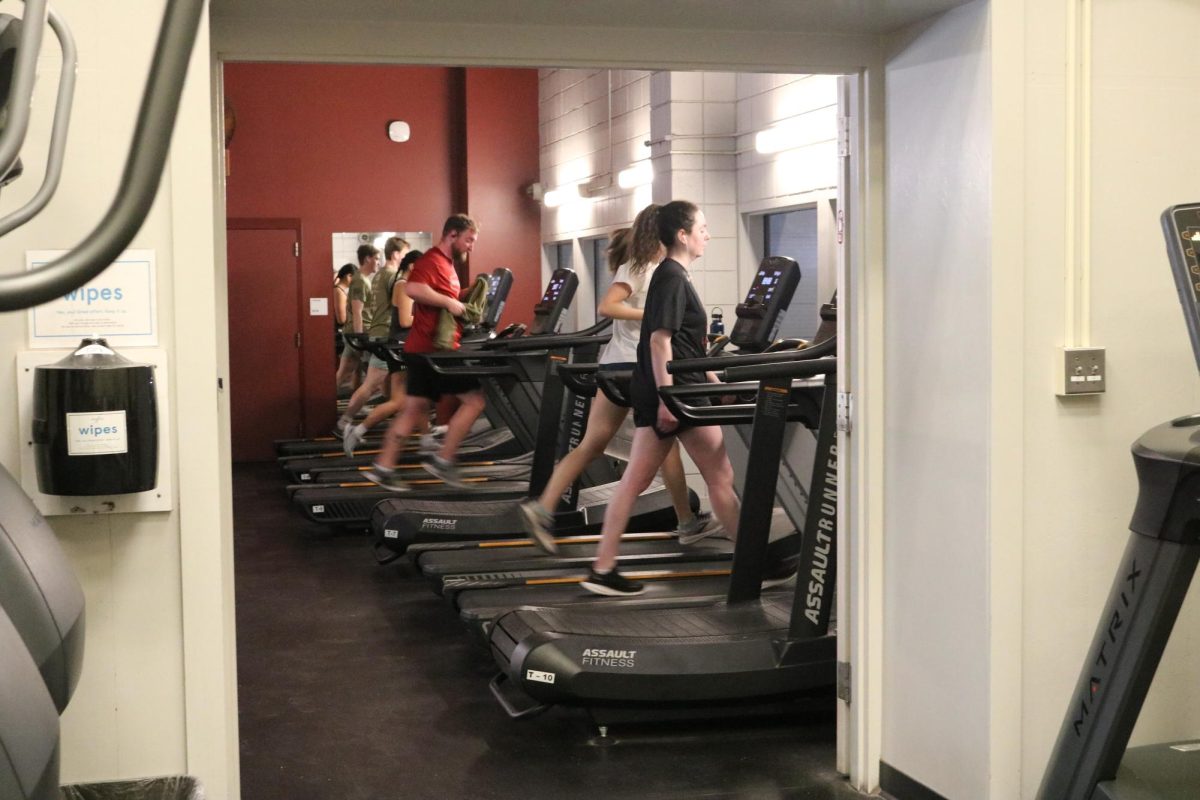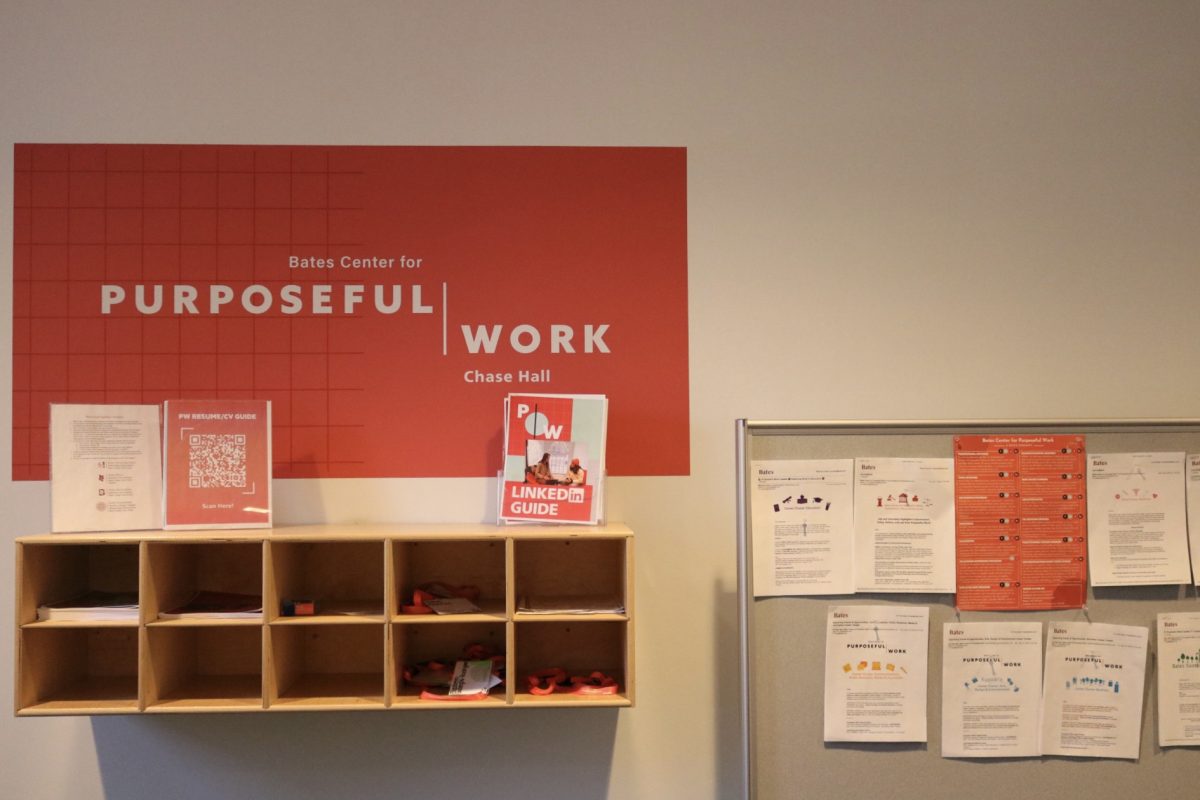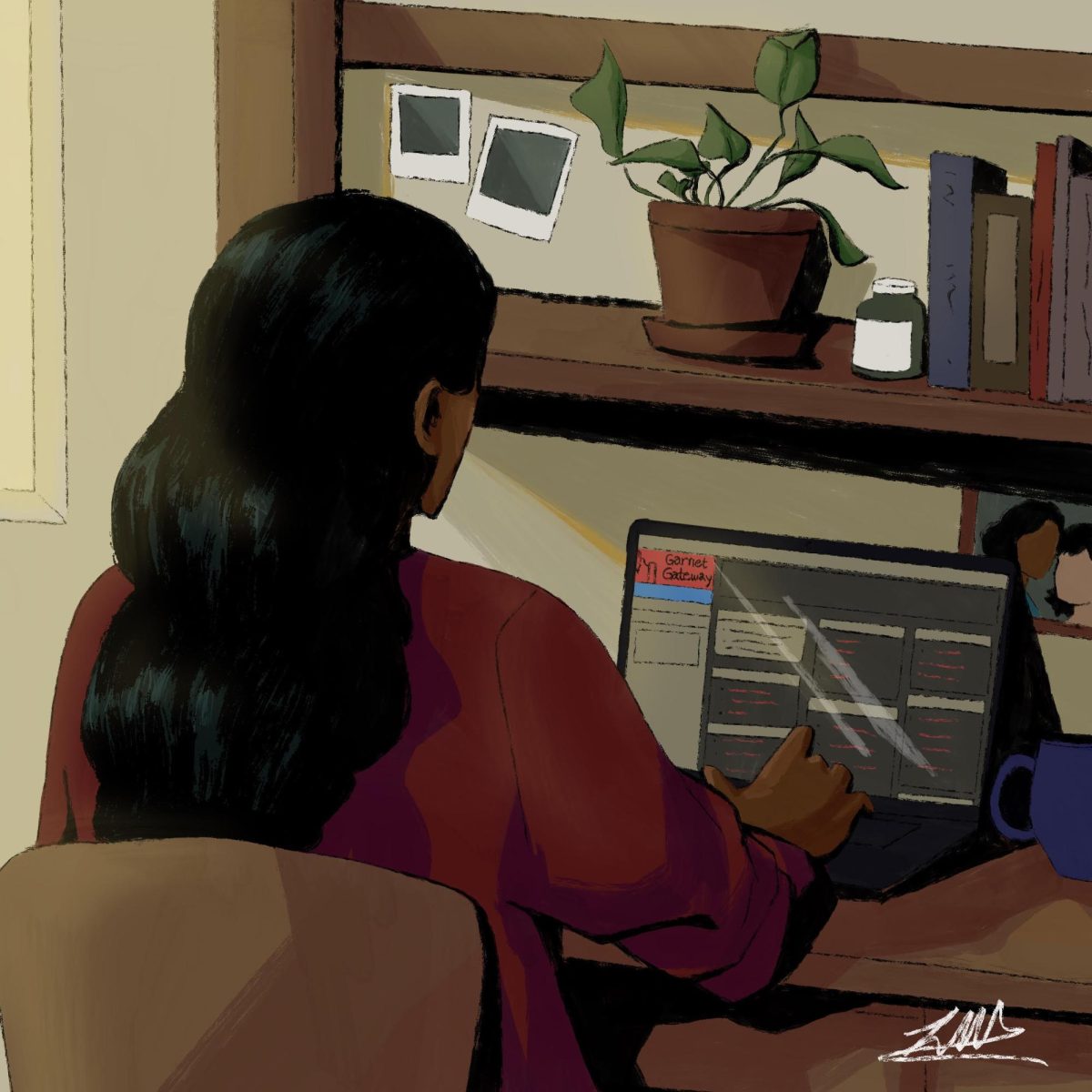We did it! Bates College finally surpassed Colby College in the latest U.S. News and World Report ranking of National Liberal Arts Colleges! It’s now official! We are the 24th best LAC in the country! Rejoice, Bates nation! Revel in the schadenfreude! It’s a great day to be a Bobcat—or it would be if the U.S. News rankings weren’t so full of bull.
Bates’ epic “triumph” over Colby coincides with the U.S. News’ recently revamped methodology for selecting the country’s “very best” universities and colleges. Responding to criticisms that ranking colleges is misleading, counterproductive and unethical, U.S. News has decided to keep doing it—don’t worry, this time its algorithm will take social justice into account.
In a whirlwind campaign of institutional virtue signaling and deceptive re-branding, U.S. News hit the media circuit to tout its newfound commitment to diversity, equity and inclusion. Even reputable newspapers appear to have drunk the Kool-Aid concerning the rankings reboot. In a recent article, The Washington Post paraphrased a self-serving statement from U.S. News’ CEO that the new ratings put “much more emphasis… on the success of students of all socioeconomic backgrounds.”
When we look closer at these “improvements,” however, the results look just as bogus and problematic as ever. The peer assessment proportion—a measure that greatly benefits schools with long and storied reputations for “academic excellence”—still holds the most weight in a school’s ranking (20%). Social mobility measures such as graduation rates for Pell-Grant (3%) and first-generation students (2.5%) still weigh less in the ranking formula than standardized test scores (5%), financial resources (8%), and faculty salaries (6%)—three factors that disproportionately benefit schools that have hefty endowments, affluent student bodies and alumni networks with deep pockets. The rankings’ emphasis on standardized exams, for example, reinforces a metric that benefits rich white students at the expense of the low-income students of color that U.S. News claims to be championing. Not only do U.S. News’ ranking categories hand out free points to schools with the least socioeconomic diversity and the most cash to burn, they also encourage universities to continue channeling fundraising toward big-ticket items—like another extravagant science building, a bloated administrative payroll or upscale amenities—rather than toward shouldering the cost of accepting more students from historically marginalized communities.
This brief analysis of the U.S. News’ current ranking metrics illuminates two key issues. First, college rankings—no matter how many heads nods they make to inclusion and social justice—are still tilted in favor of schools that are wealthy, well-connected and already perceived as “elite.” Second, these rankings tell us nothing meaningful about these schools. As our octogenarian president would put it, they’re complete malarky. For instance, why did Bates outrank Colby? Did we perform better when it came to social mobility measures, do we have better student-faculty ratios, is our return on investments higher or did our peers finally realize that the Colby Mule pales in comparison to the pantsless wonder that is the Bates Bobcat? The reality is the consumers of U.S. News’ statistical crapfest will never know—and that’s by design.
College rankings ultimately fail because the personal value and public good produced by higher education are impossible to quantify and measure. Since students have a wide variety of goals and identities, there are multiple colleges that are the “best” for them. Far from giving prospective applicants a tool with which to understand universities better, the U.S. News college rankings discourage them from researching these institutions and finding out which colleges are their academic soulmates. Instead, students—and more so their parents—are blinded by the prestige of a school’s hierarchical status and don’t actually think about what they want from their engagement with academia. Dazzled by their lofty numerical rankings, far too many American students are suckered into enrolling in institutions that clash with their learning preferences, don’t offer the academic programs they want to pursue or lack the generous financial aid packages they need.
The extremely competitive and toxic college admissions process, however, is the most devastating consequence of worthless ranking systems. To earn the title of best college, institutions need to reject as many students as possible. That’s why they send prospective students spam emails, promotional posters and even discounts on application fees. Not only does this flurry of advertisements drive up application numbers, it encourages students to apply to as many high-ranking institutions as possible—regardless of how little they know about the college and how much anxiety and false hope are generated by this high-pressure process.
Luckily, the problems caused by U.S. News have a simple solution. Following Timothy Leary’s famous countercultural mantra, we need to “turn on, tune in and drop out” of this manipulative exercise in institutional ego boosting and willful misinformation. Only by educating ourselves to its absurdities and detaching our alma mater from the U.S. News College rankings can we finally end its tyranny over high school seniors’ college applications and over our collective educational decision making. Unable to Google the ranking of different institutions, high school seniors will have to start thinking about what they want from their college experience and which schools can deliver it. Likewise, universities will no longer be able to flash a bogus number to inflate applications; instead, they will have to impress students with the rigor of their academic programs, the vibrancy of their campus culture and the strength of their institutional support for all students.
Instead of applauding our leapfrogging over Colby in U.S. News’ latest list, Bates needs to fight back against this sham. Prestigious law schools such as Harvard and Yale have already refused to participate in the U.S. News rankings. It’s high time for LACs such as Bates to do the same. Not only should our administration refuse to take part in it, they should also roundly condemn it in the media. If Bates were brave enough to turn on, tune in and drop out of the college ranking rat race, it would prove its worth far beyond the false value provided by U.S. News’ spurious ranking system.


